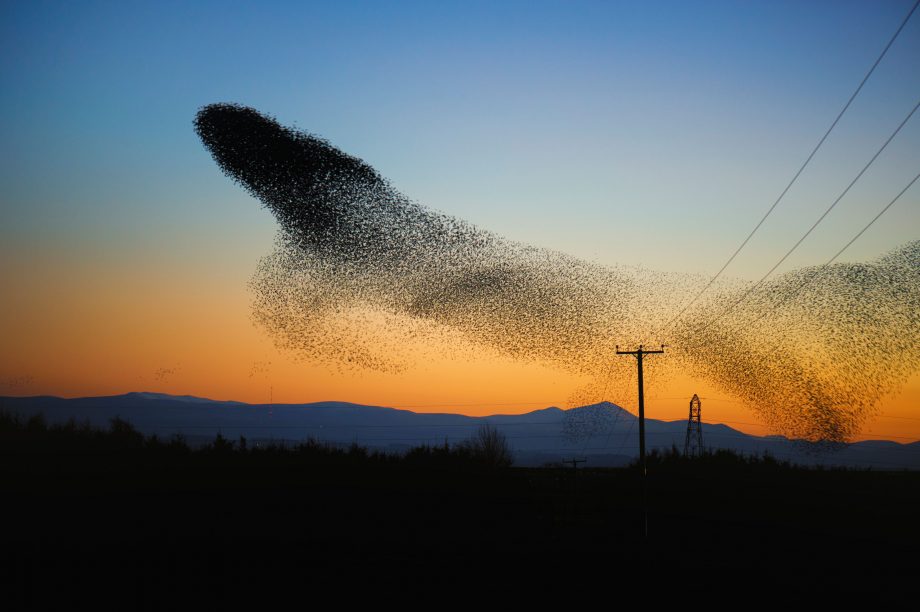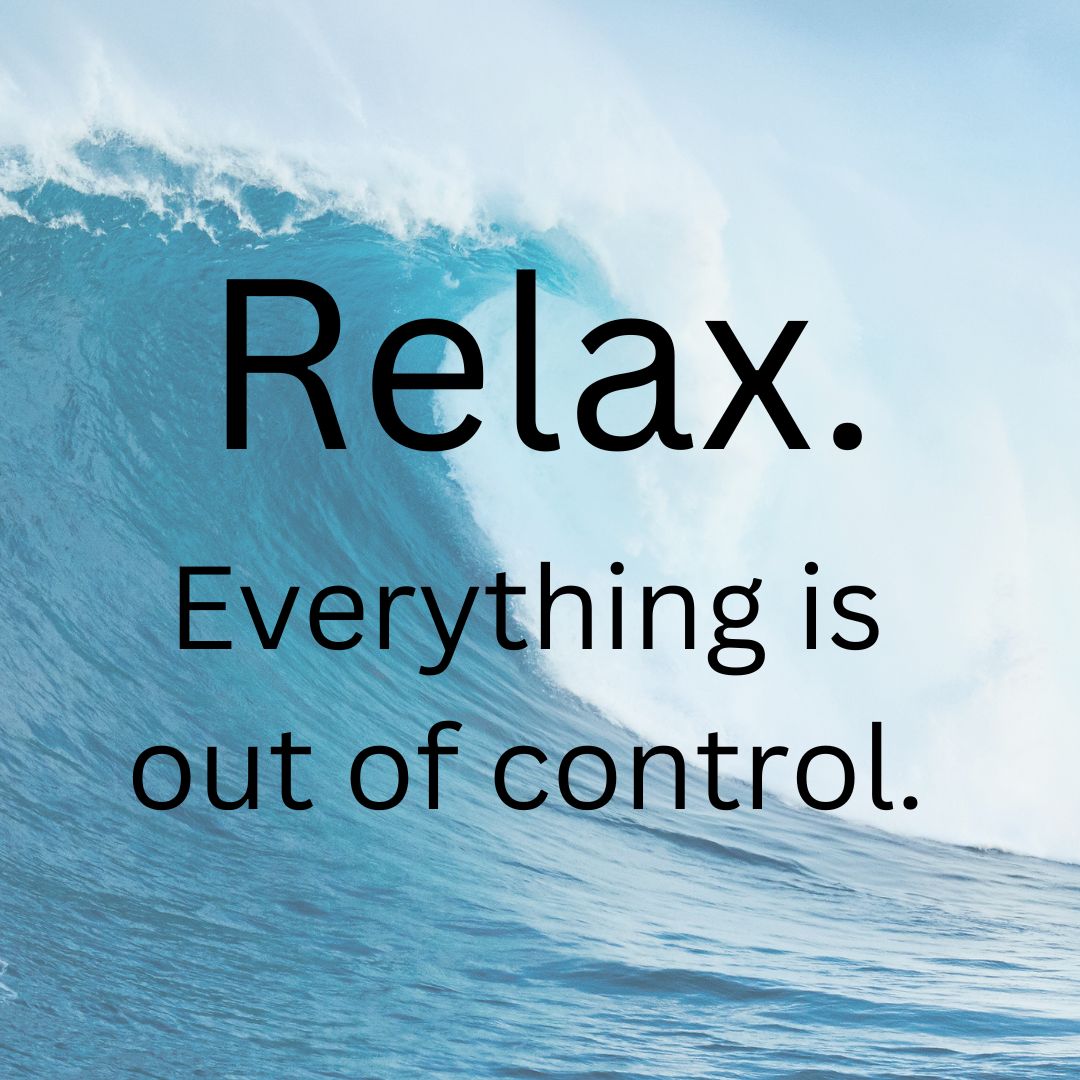If you’ve worked with me or been reading my newsletters for a while, you’ll know that I’m a connect-the-dots kind of person.

I’m curious about the echoes in the universe – the way the roots and branches of a tree, the streams and rivers of a watershed, and the capillaries of the human circulatory system all look similar. I’m curious about the commonalities shared between an atom and the solar system, and the importance of empty spaces, pauses in conversations, and musical rests in a world where it is difficult for us to sit in silence. I’m curious about the inherent strength in a spiral, the helical structure of DNA strands, the way children love to spin in circles, and the whirling dervishes of Sufi mysticism with their practice of spinning that brings them closer to God.
These thoughts move through me as I walk through city streets, on forest paths, and along the paved waterfront trail at our end of the lake. As I move and think, questions arise and percolate. As I connect the dots and a larger picture appears, more dots show up, and I wonder about my place in these repeating patterns – to what extent do they live in me, and am I at their mercy? Where do my free will and agency meet the workings of the universe and the laws of physics? Is that meeting place a calm and sacred oasis, or is it an anxiety-ridden and doubt-filled no-man’s land? It’s most often somewhere in between.
I live in this strange in between place – the work I do with my students and clients is very much flesh and bone but can’t be separated from mind and spirit. And that’s where we all live, whether we choose to recognize it or not. I wrote last month about “both/and” and “either/or”, and in this place where I live – where writing, moving, teaching, feeling and pondering meet – I get to practice embracing both/and (or at least not running away from it!). At times the vastness of this in between place feels overwhelming to me; too many variables, too many choices, so many places to run and hide. At other times it feels like a huge playground – so many choices, so many variables, so many things to play with!!
As I sit down to write each day and get stuck for what feels like the millionth time, I remind myself that this playground is where I need to write from, where I need to learn from. In this playground I get to be curious about my old stories – how do my patterns fit into those larger patterns of atoms and spirals and spaces? With perspective I’m more able to step back and look at my old patterns – those that tell me what I should think about someone or something, those that rear their heads and try to keep me in my comfort zone when I try something new; and those new, less familiar patterns I’m trying to cultivate and nurture in my mind, body and spirit. I learn so much more by stepping back and watching than by furiously trying to fix. And yes, that is so much harder than it sounds, but I realize that when I’m stuck, being curious about what the experience can teach me is the best way of getting unstuck.
When you get stuck, do you get curious or furious? Do you try to make a situation fit what you already know, or do you allow it to expand your awareness and knowledge? I’d love to hear about your experiences and thoughts around this!
Since last month’s post, I’ve continued to think about the paradox of joy and pain in life, and how to embrace the ambiguity of “both/and” in a culture that seems to demand the certainty of “either/or.”
As I pondered, I picked up Susan Cain’s latest book, “Bittersweet: How Sorrow and Longing Make Us Whole.” I had been intending to read it since its release, and the timing couldn’t have been more perfect. Susan Cain writes of the value of grief and longing, the costs of ignoring and suppressing “negative” emotions, and ways that we can examine our longings and learn from them to bring more meaning to our lives. I finished the book feeling more able to look at and engage with the grief, sadness and longings that live in me, and start to use them to guide me toward meaningful and transformative choices. If you are curious about your tendencies towards melancholy or are exhausted by pretending that everything in your life is great, you will probably get a lot out of this book.
If you’re still using ice to treat injuries, you’ll want to read this!
I’ve been telling people for a while now that swelling and inflammation are part of the body’s immune response; when we interfere with that response, it takes longer for us to heal. This article describes the research that suggests icing injuries is not only ineffective, but counterproductive.




